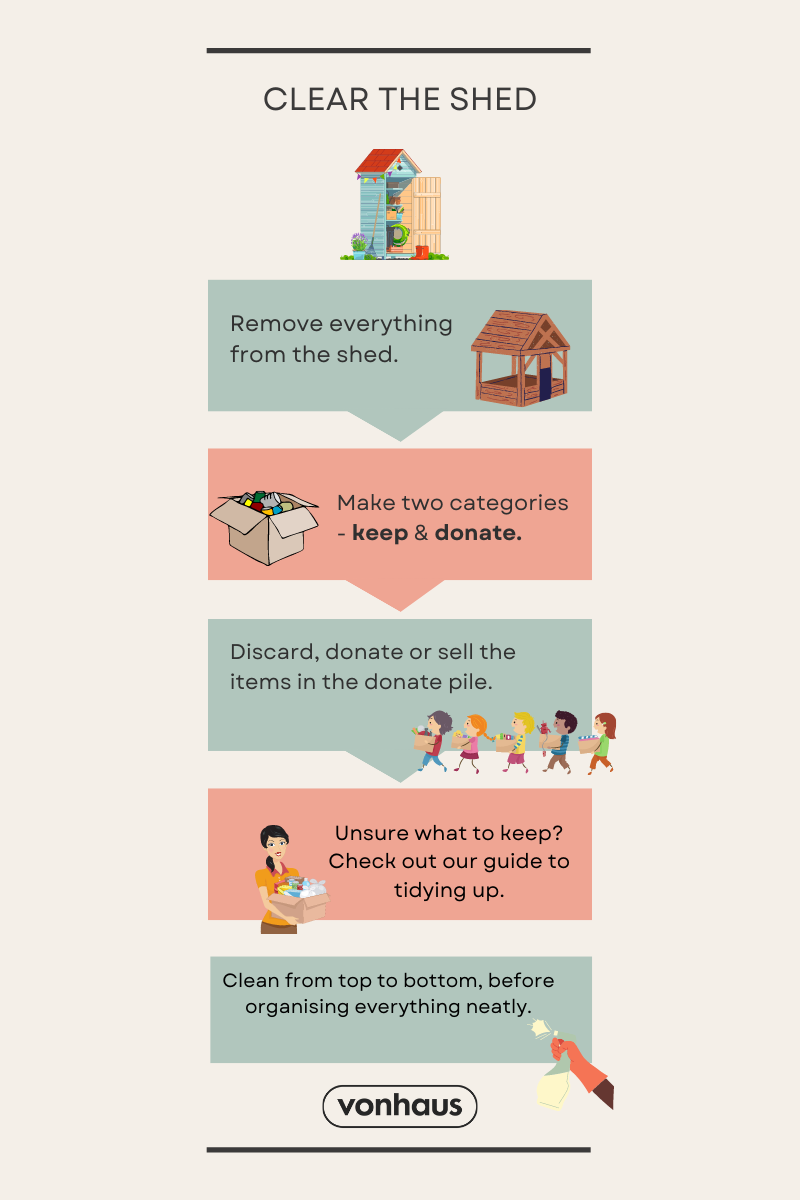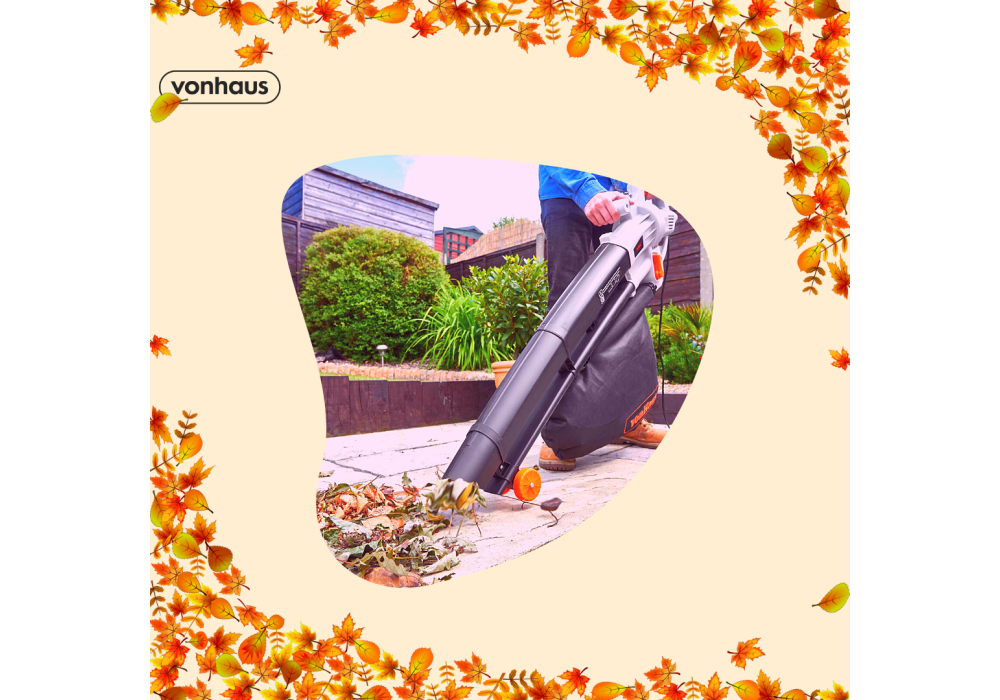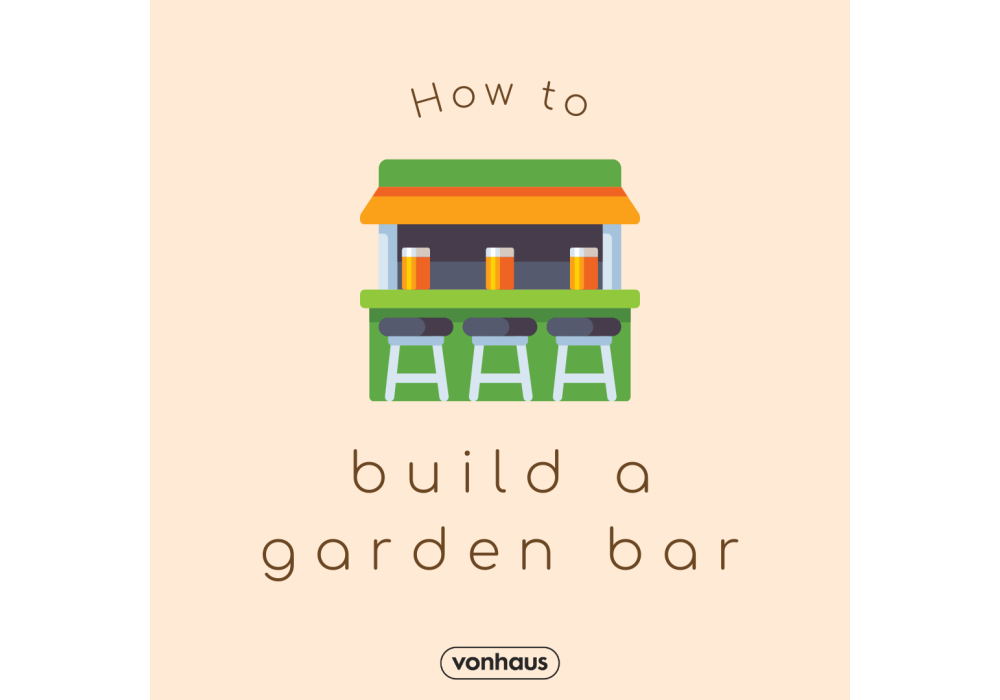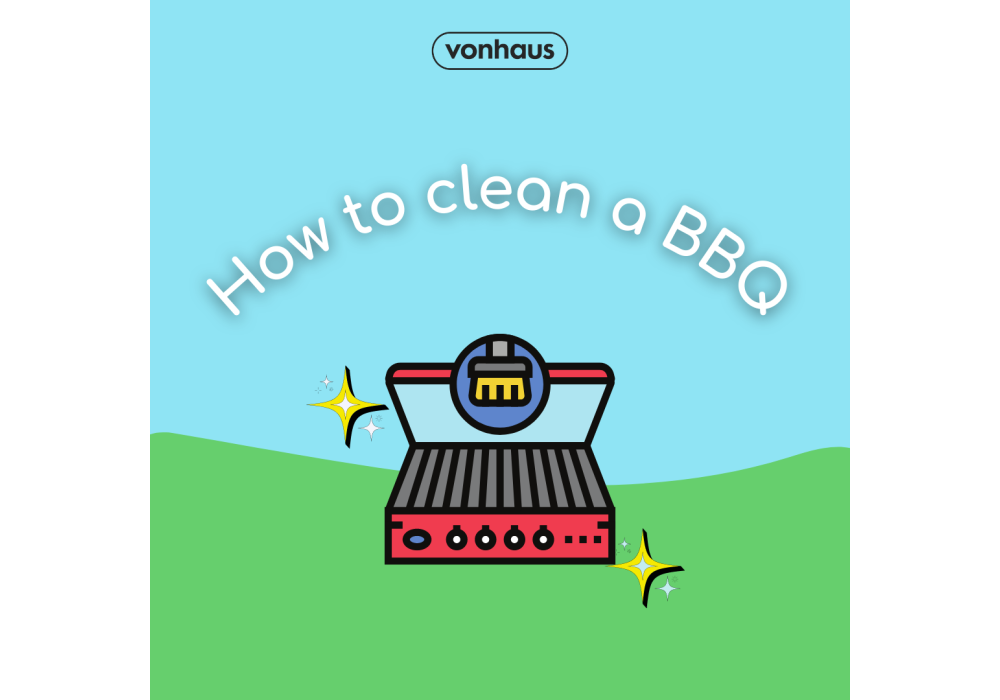How to get your garden ready for summer
After a long, icy winter, summer is coming!
Which can only mean one thing – getting that garden summer-ready.
From mowing the lawn to sorting the shed, we’ve got plenty of summer garden ideas to help you prep for outdoor entertaining, planting, and everything in between (weeding anyone?)
Read on for expert advice on grass cutting, painting the fence, and preparing your outdoor space for garden parties.
And if you want to dive into more detail, scroll to the bottom of the page for in-depth articles on each section.
Take care of the grass
Weed your garden
Weeds – the foe of every green-fingered hero! But weeding the garden is essential prep for summer, especially if you’re growing plants or veggies, or hosting a few summer barbeques!
The best way to weed your garden is with a scarifier – they’re quick, efficient, and save hours of raking. But if you like getting your hands dirty – and why wouldn’t you – prop on a garden kneeler and get stuck in!
It takes some work, as you’ll have to rip each weed out by the stem, but you’ll be left with a healthy lawn primed for mowing.
Chemical weed killer
We’d be remiss not to mention chemical weed treatments here, but we’d avoid them if you can.
They’re harmful to you and your garden, take weeks to work, and you’ll have to endure shrivelling weeds in violent shades for weeks on end – not a good look for the summer barbie!
Mow the lawn


A neatly mown lawn is a joy to behold in a summer garden, so let’s get yours in tip-top condition.
First things first – you’ll need to aerate the lawn with your trusty garden fork. This stimulates root growth and allows light and water to reach the soil.
Lawn aerated? Great, see to those hedges before cracking out the lawnmower.
Grass cutting tips
Hedges
Neatly defined hedges create a stunning aesthetic, especially if your garden is on the smaller side.
It’s so easy, too; just use a hedge trimmer to rework them before applying the finishing touches with a pruner.
We’ve got a massive garden maintenance selection to make short work of the most stubborn shrubbery and foliage – take a look!
Lawn edging
For straight lawn edges, use a plank or a length of string held taut between two pegs. This will be your guide.
Mow your lawn, ensuring your lawnmower’s blades aren’t on the lowest setting, or you’ll end up with unhealthy, straw-coloured grass. Anything below 1cm in height is a no-no.
Once you’re done, get rid of any leaves and debris with a leaf blower, or use the following tips to recycle the grass clippings:
What to do with grass clippings
Recycle
To recycle your grass clippings, leave them on your lawn after mowing and let nature take its course!
Your lawn will thank you, as mulched-up grass cuttings quickly decompose, providing all the nutrients and nitrogen your soil needs for your grass to keep on growing!
Handy uses for grass clippings
While mulch clippings give your grass a health boost, some of us aren’t so keen on an unkempt garden!
If you’re in this camp, try these three handy methods to make the most of your grass clippings:
- If you have a compost pile, add the grass clippings to it. Grass adds valuable nutrients, like nitrogen, to compost mixes.
- Use your grass clippings as natural mulch. Not only will this make your lawn healthier, but you can also pile it up in flower beds and around your vegetable patch to retain water, keep the soil warm, and discourage weeds. Just don’t lay it on too thick.
- Turn the clippings into the soil for a flower bed, vegetable garden, or any other area where you plan to plant.
Shed organisation hacks
Next up, the shed – which often ends up in total disarray after a long winter.
But don’t despair; these quickfire tips will restore some order in no time:


Cleaning garden furniture
Garden furniture can be tricky to clean, but you’ll want it pristine for those summer shindigs!
For a quick spruce up, grab a scrubbing brush and our nifty homemade cleaning solution – one litre of warm water mixed with a quarter cup of vinegar – and get cleaning!
We get it, though, sometimes elbow grease just won’t cut it. Dirt, moss and algae are the main tough-to-clean culprits. Their kryptonite? Pressure washers, which blast away grime and stubborn sediment, so you don’t have to.
How to clean wooden garden furniture
If you have wooden garden furniture, fencing or decking, give it a facelift with two fresh coats of exterior wood paint or wood stain.
It doesn’t require a primer, so all you have to do is give the wood a lick of paint – just make sure the wood is clean and dry before applying any wood stain or paint!
For a comprehensive guide to cleaning garden furniture, check out our blog.
How to clean the barbeque
Cleaning your barbeque depends on the type you have.
Masonry BBQs need minimal maintenance – removing rust, while a tough task, is all you have to do.
Stainless steel barbeques don’t require extensive cleaning either – just give it a quick dust and scrub before getting the family over for beers and burgers!
How to paint a fence
Winter weather can cause havoc to your garden fence, but our handy tips will give it some much-needed TLC:


Painting an old fence
If you’ve treated your fence previously, you’ll need to strip it back to the bare wood by sanding it down. No sander? No problem, we’ve got a stacked selection right here.
After sanding, make sure all the fence’s surfaces are dry and dirt-free.
You can use a stiff bristle brush to remove weeds and cobwebs, but for formidable garden foes like algae, lichen, fungi and moss, you’ll need a decking cleaner and reviver.
Painting a new fence
Start by covering any areas you don’t want to treat (e.g., fence posts) with old newspapers. It’s also worth laying a protective sheet on the grass, or again, a few sheets of newspaper.
Next up; primer, which prevents mould and provides adhesive for the paint. What’s more, it acts as a smooth base to make the top coat pop!
Fence paint colours
Neutral hues are popular for fences due to their natural, organic vibe, but it really comes down to your personal taste. Plus, it’s a chance to get creative!
But before getting giddy with the paint roller, think how your fence’s colour will impact your garden’s existing timber, like decking, summerhouses and sheds.
Do you want your fence to make a statement or complement your current garden décor? If you’re in the former camp, make a splash and paint that fence whatever colour makes you happy!
But if you’d rather keep things cohesive, paint your garden bits the same colour as your fence, like this aesthetic teal trellis:


One thing to bear in mind is that darker colours constrict space, making your garden feel smaller, so it’s best to go for lighter shades if space is limited.
How to get your garden summer-ready: Conclusion
Now you’re brimming with summer garden ideas, it’s time to put them into practice! We’d love to hear how you get on – let us know in the comments!
And don’t forget, we’ve got plenty more tips on gardens, interior design, and handy hacks to level up your life in our blog.




 Need help?
Need help?






